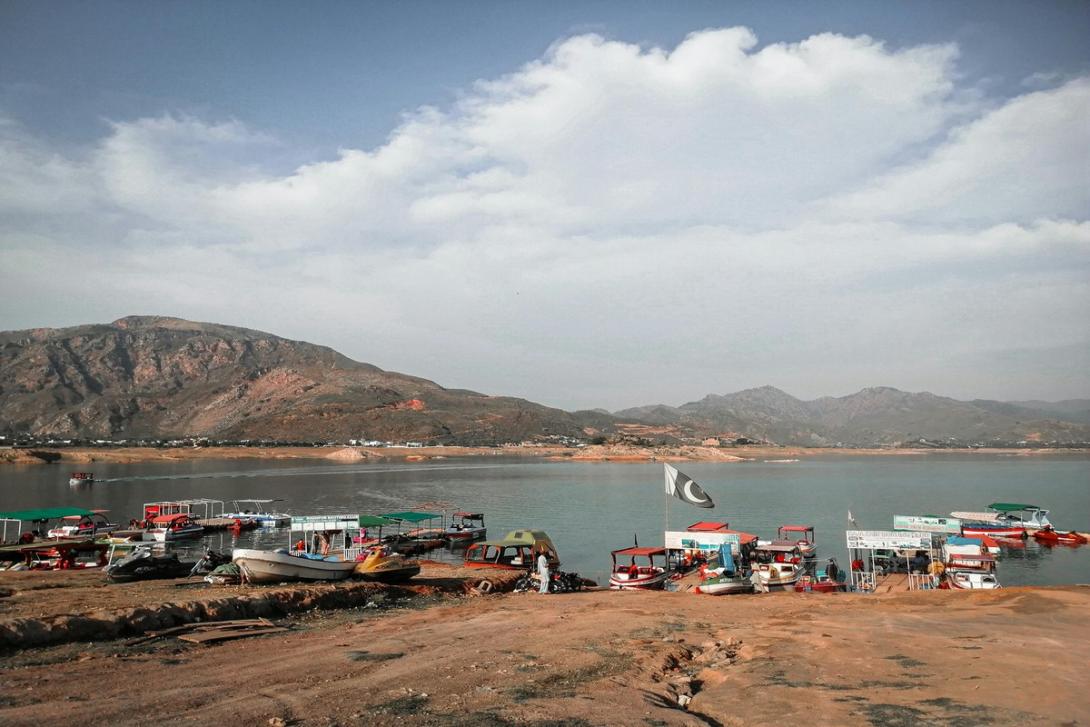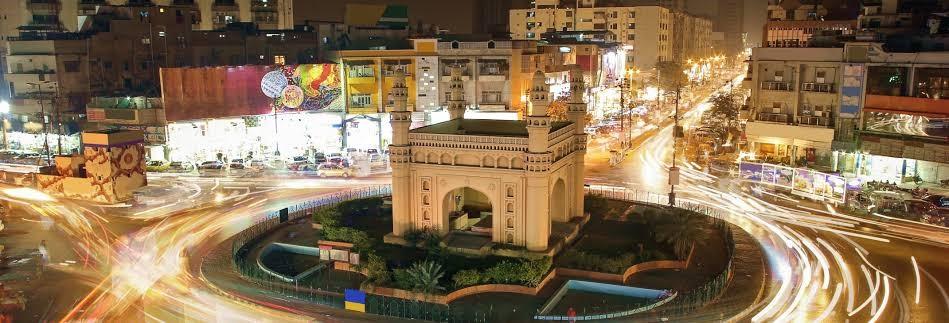
KARACHI, the pulsating soul and former capital of PAKISTAN. Presenting the blend of the age-old culture and modern liveliness. Being the largest city in the country and the main economic center, it’s a huge land of multicultural, stuffed with bazaars and an imposing skyline. Packed with food, huge educational institutions, artistically productive, and symbolizing the nation's hope, Karachi is the country's dynamic nerve.
Ranked 12th in the world, Karachi lies on the Arabian Sea; home to Pakistan’s most active airport and the city most capable of generating revenues. It is the place that encodes the wealth of history and the strong search for the new, and rightfully named the “bride of cities”.
The problems are highlighted by high humidity, still water, and emissions from industries, but Karachi’s spirit cannot be downed. Activism is observed in the environmental focus area as well as the link between the university and street activism. Students and activists along with protesters are collectively active to improve environmental factors and prove that Karachi is united and very determined to fight for the improvement of the environment.
On Campus
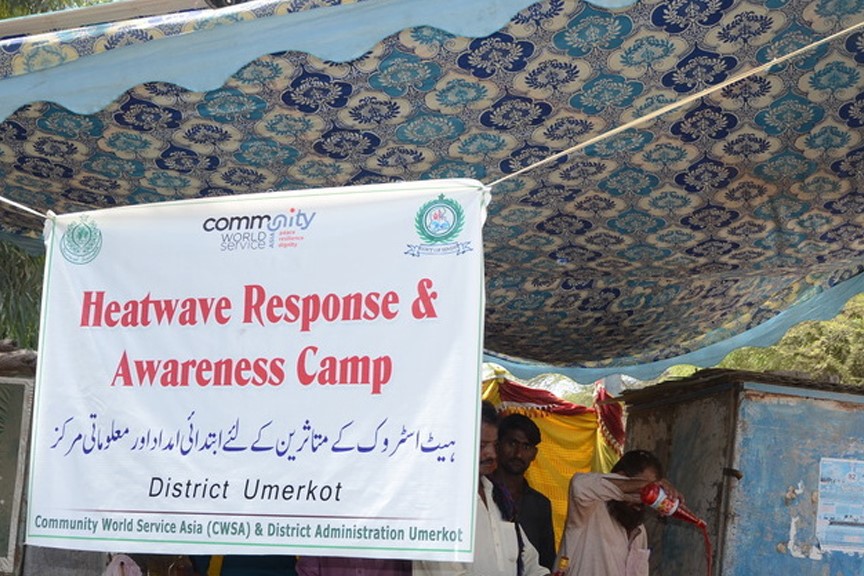
- Awareness Campaigns:
A general awareness can be created and organized in Karachi for students or Children about their local environmental problems such as air and water pollution, waste management, climate change, and so on. Regarding the concerns specific to the municipal level, the solution lies in inviting local specialists, activists, and bureaucrats to hold workshops, seminars, and guest lectures. These events can be used to sensitize the population to the depletion of natural resources due to the increase in pollution. In this way, specific environmental campaigns can help the students consider Karachi’s environmental issues and promote sustainable solutions.
- Student Groups:
This is why forming environmental clubs and societies at Karachi’s universities creates an environment for student activism, concerning the betterment of Karachi’s environment. Such groups can be in charge of arranging activities such as cleaning campaigns, sensitization campaigns, and sustainable living forums. Students can engage in solutions for Karachi’s local environmental issues which are coastal erosion and waste management by partnering with local environmental organizations. Such activities allow using problem-solving approaches in learning and assist students in transforming into environmentally friendly citizens of the city.
- Green Initiatives:
Efficient measures will ensure that green initiatives on campuses in Karachi can be improved to support the city's environmental-saving initiatives.
- Plantation: Modifying temperatures and air quality for the worse to lessen great heat and pollution by creating shade, lowering temperature, and boosting carbon uptake.
- Recycling Programs: Be specific to the topic of waste management with the aim of source division, reuse, and reduction of the use of landfills. Place recycling bins and conduct awareness on ways by which students can segregate waste properly.
- Sustainable Practices: Supporting the cause of reducing the use of plastic, and; conserving water as well as supporting energy conservation.
- Water Conservation: A need to implement rainwater harvesting and use greywater (clean wastewater from baths, sinks, washing machines, and other kitchen appliances) for irrigation purposes. Spread information concerning practices that can be used to conserve water.
- Energy Efficiency: Use of solar systems, support production of renewable energy sources, usage of energy-saving lights and electrical devices.
Experiential projects demand the student’s involvement and understanding of environmental issues on campus leading to improvements, the development of organizational policies, and behavioral change that will have a lasting imprint on the student’s character and the environment. (Qureshi et al. 283-294)
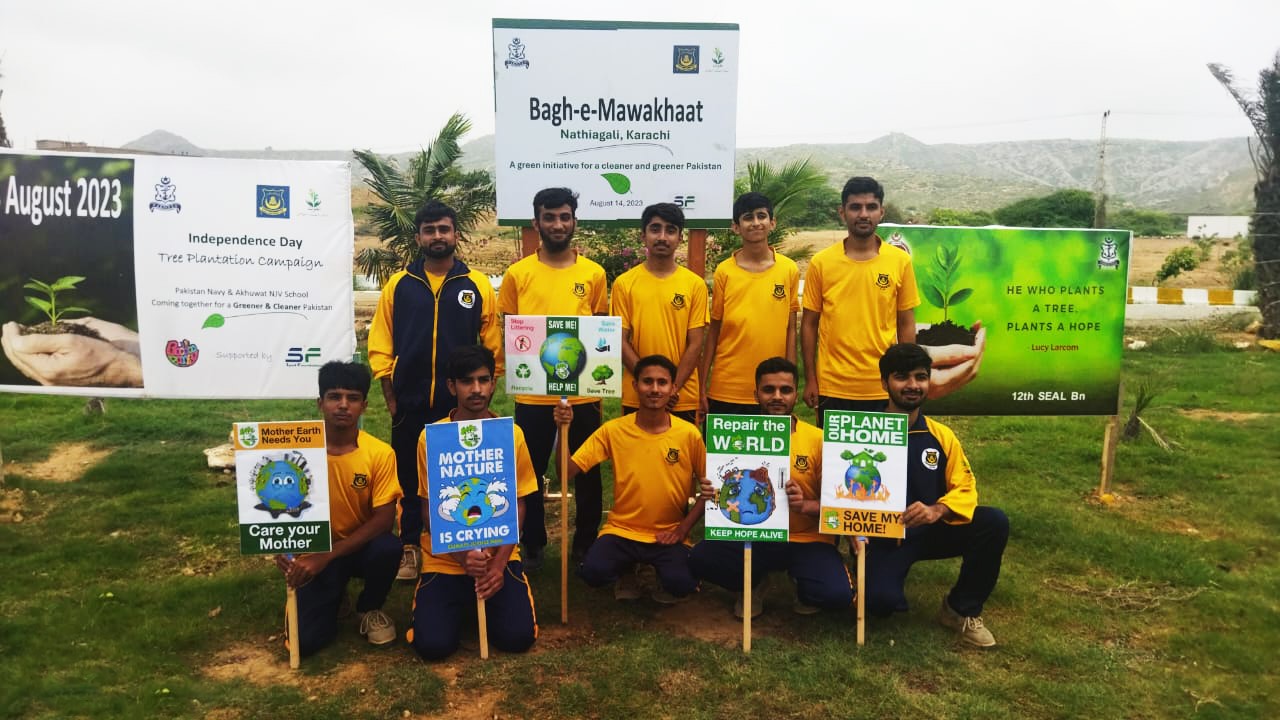
- Research Projects:
Based on the identified local environmental problems in Karachi, it is useful for students to present ideas and solutions. Focus areas include:
- Water Scarcity: Approaching the water issue inefficient management and scarcity of freshwater resources and best practices and ideas on water saving.
- Coastal Pollution: Studying how factories and suppliers are polluting seawaters and shores, the effects of plastics and oil on marine organisms and people, and possible solutions.
- Urbanization Effects: Investigating the impacts across the earth’s biosphere, atmospheric quality, and population health, and advising for green infrastructure and sustainable development.
Karachi, therefore, poses real-life cases that students can work from during their field studies and case-study analyses as well as performing pilot test cases and improvement of solutions. Outcomes include:
- Policy Recommendations: Recommendations based on the evidence for local government’s policies.
- Educational Benefits: Skills in research and competency in the practical application of these skills.
- Community Engagement: The activity of increasing environmental awareness and the involvement of the community.
Some example projects might be therefore focused on increasing water supply, the study of marine pollution, and the application of green infrastructure in urban neighborhoods. These help towards the sustainability of Karachi and at the same time impart competencies and relevant knowledge to the learners.
Community engagement can be organized or monitored by key institutions of the society, for example, local government, municipalities, educational institutions, and NGOs. Community engagement initiatives by higher educational institutions give benefits to the students, community, researchers, and also the institutions themselves. (Klein et al. 425-444). These types of research are only the proposed framework for youth’s participation in governing the environment, nevertheless, in practice, there are numerous limitations in its application.
- Collaborations:
Over the past decade, the growing influence of local, national, and global CSOs and networks in driving policy change, as with debt relief and trading arrangements. Non-governmental organizations (NGOs), community organizations, professional associations, and other civil society groups are regularly called on to help design and implement poverty reduction strategies (Aisha Ghaus-Pasha). NGOs and environmental organizations in Karachi give students practical working experience and skills to deal with similar projects. Some examples of collaborations can be with high school students in a mangrove reforestation project, waste management initiatives, or in developing an awareness program with the community. It is for these reasons that these partnerships not only augment the students’ learning but also provide solutions to some of the critical environmental problems facing the respective localities.
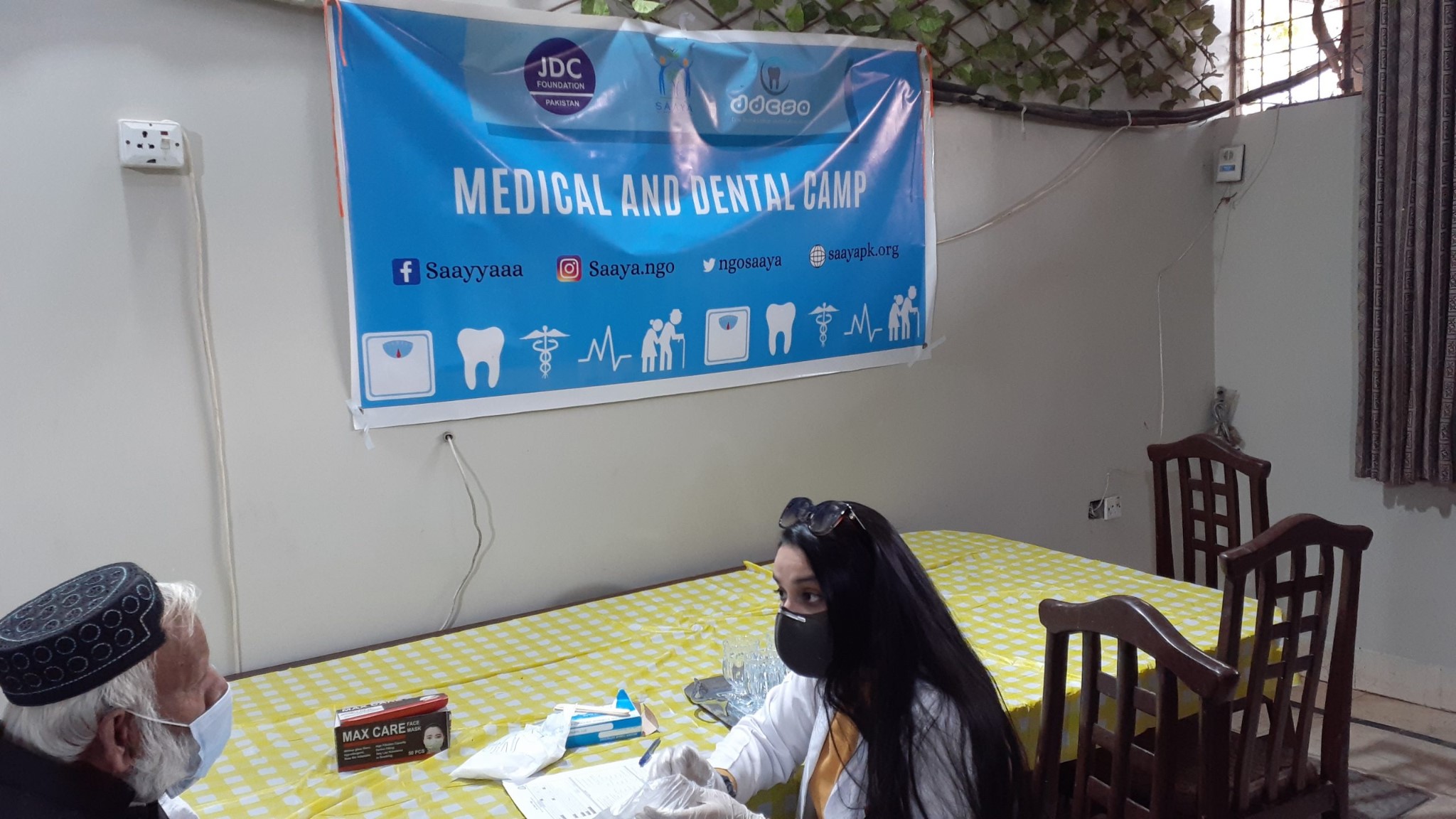
In the Streets
Pollution-related issues are severe in Karachi and have serious impacts on the environment of the city as well as the health of the people living in it.
- Air Pollution: Thus, the air of Karachi is highly dangerous most of the time due to automobile exhausts, industrialization, and deliberate burning. PM usually has two types, namely PM2.5 and PM10 which measure the concentration in the city frequently exceeds the standard [AQICN].
- Water Pollution: The sources of pollution in Karachi include all kinds of untreated sewage and industrial discharge into water bodies. In the PCRWR Water Quality Report capacity, the majority of the sources of water depicted in Karachi are polluted.
- Waste Management: Its rank has been further declined in terms of SW production where Karachi daily generates more than 12000 tons, and among these, 56% are unsegregated and get dumped either in literate or unauthorized grounds [SSWMB Solid Waste Management].
- Noise Pollution: Transport; construction and industrial activities are sources of noise pollution that risk the citizens, exceeding the WHO Noise Pollution Guidelines.
- Clean-up Drives:
Clean-up events should be carried out regularly since Karachi is one of the many places where the problem of waste collection is rife. Litter picking and dealing with harmful dumping involve community members picking up trash hence addressing the state of their community. These drives are useful for enhancing the quality of urban living and encouraging people to be active members of society.
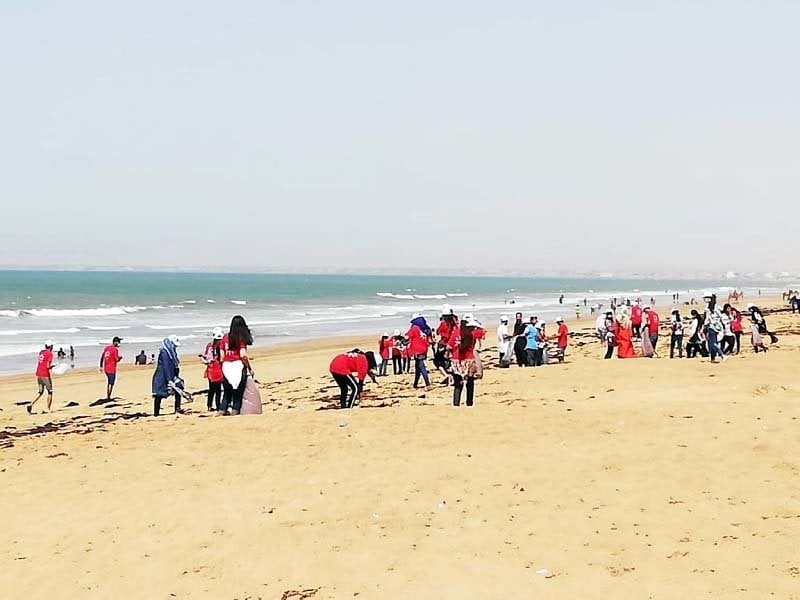
- Protests and Marches:
Demonstrations and rallies are effective means of raising the awareness of people on the issues of environmental protection. Apparently, in Karachi, climate marches have been good in raising public awareness regarding the issues of; air pollution and climatic change. These demonstrations rally the people and call upon the relevant authorities to tackle severe issues regarding the environment and shape the policies accordingly, raising awareness.
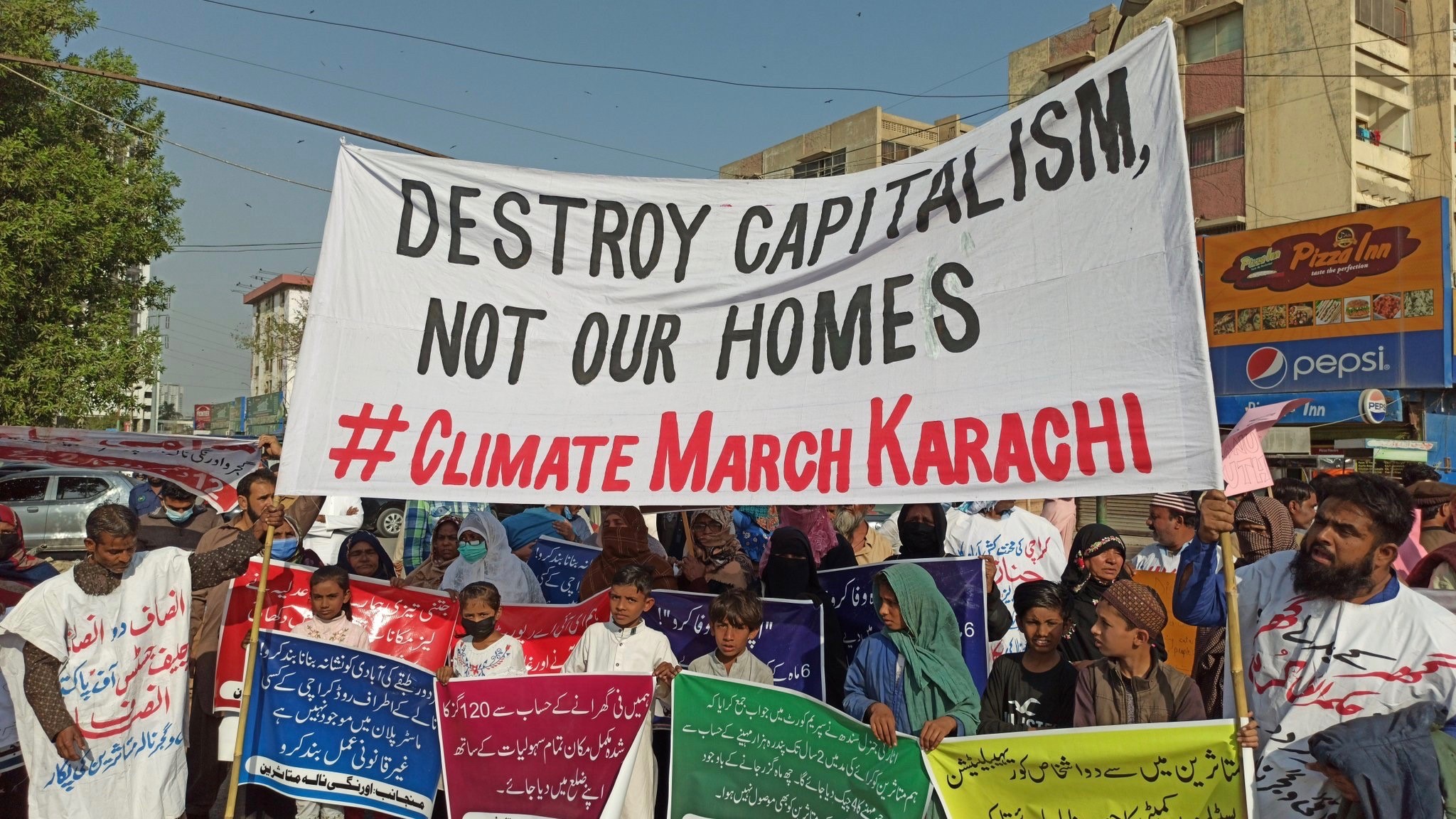
- Community Engagement:
To examine in detail the structures go a long way in passing on information and awareness regarding waste and its proper disposal and rationing. Thus, performing in Karachi, such campaigns have contributed much to raising people’s awareness of environmental concerns and supporting advances towards sustainability. Engagement of people guarantees that the spread of information to the community will help create relevant and efficient messages for creating awareness and involving people in the conservation of the environment.
- Public Art:
In Karachi, urban art has been targeted at the promotion of issues such as marine pollution and waste, to involve the population. News and public notices can be housed in art as they not only create aesthetic appeal but also convey messages substantially in environmental initiatives. Live performances such as drama or, the creation of wall art can be great instruments for communicating environmental issues.
- Social Media Campaigns:
Using social media accounts is an efficient way to create awareness of environmental issues and conduct advocacy. In Karachi, there are social media promotions in which the initiation of events, the distribution of information, and public involvement in environmental issues occur. Social media is interactive and covers large populations, and therefore it can be used to relay environmental messages and promote change.
General Strategies
- Media Outreach is a way of taking information on environmental events and issues to the media for them to pass on to the public. The obtained media coverage will help an organization to spread its message and involve more people in the issue – the thing that will contribute to the overall increase of awareness.
- Fundraising is crucial in the development of environmental projects. That is why the organization of meetings and the use of crowdfunding can help to collect the necessary funds for the implementation and existence of initiatives.
- Education is important in raising awareness among the citizens on environmental conservation. It focuses on the use of preparing and spreading information on environmental concerns and proper behaviors within and among schools and towns.
- Mobile Technology is showing how technology can improve the outcomes of environmental trials through applications for data tracking and reporting. They enhance an organization’s ability to track environmental conditions and initiatives hence leading to improved decision-making.
- Synergy among scholars, non-governmental organizations, and governmental organizations can address the issue to the greatest extent possible. Through such collaborations, these organizations can complement their machinery, engagements, and force in tackling environmental matters in better and more synergistic manners.
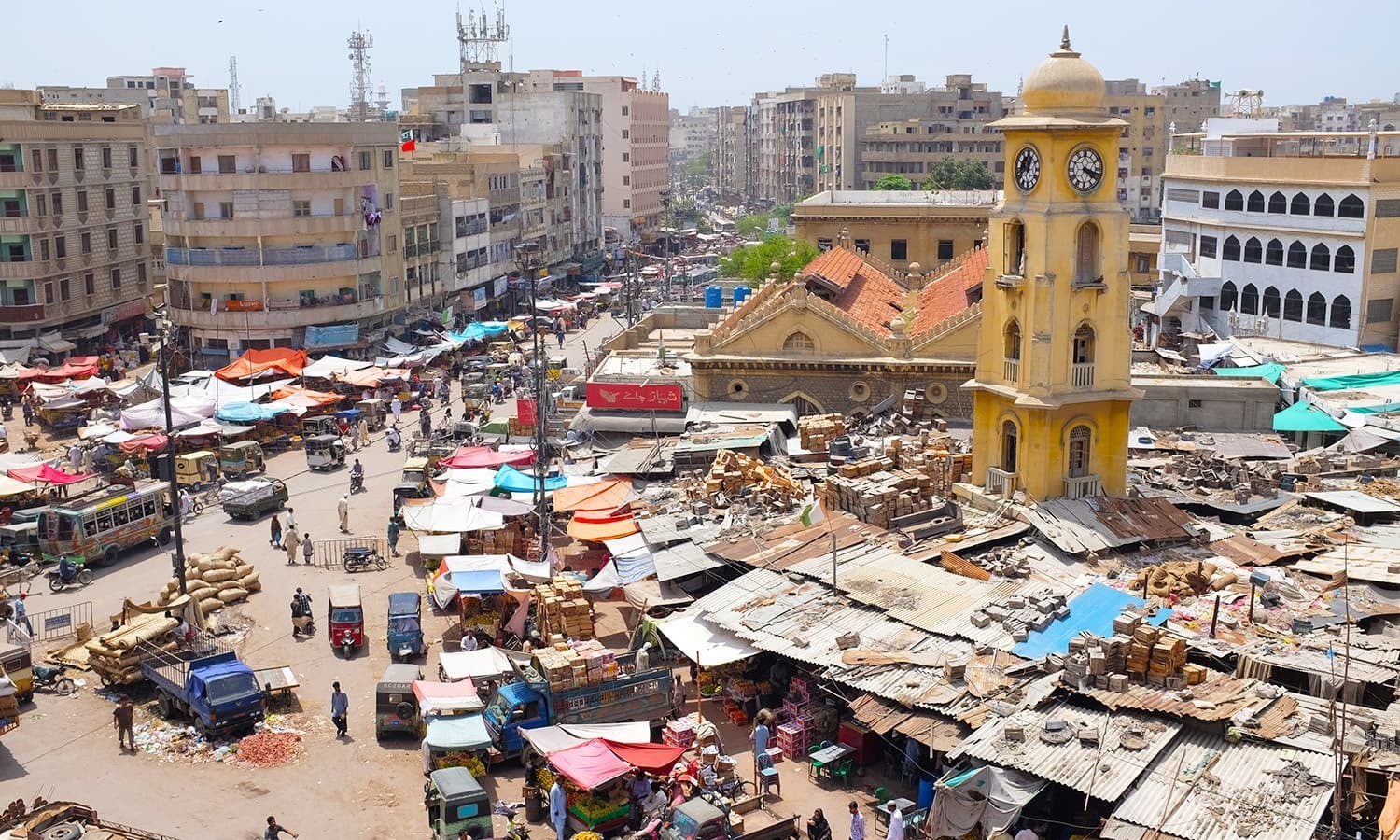
References
- Aisha Ghaus-Pasha. “6th Global Forum Paper: Role of Civil Society Organizations in Governance.” CiteSeerX, https://citeseerx.ist.psu.edu/document?repid=rep1&type=pdf&doi=4d8d4d0575416628d5862e0f6b61b17e7de6e6d7. Accessed 31 July 2024.
- Fatima, Munazza. “(PDF) ENGAGING THE YOUTH COMMUNITY IN ENVIRONMENTAL MANAGEMENT: A PARTICIPATORY APPROACH.” ResearchGate, https://www.researchgate.net/publication/344322193_ENGAGING_THE_YOUTH_COMMUNITY_IN_ENVIRONMENTAL_MANAGEMENT_A_PARTICIPATORY_APPROACH. Accessed 31 July 2024.
- “Karachi, Pakistan - Historical Views - Earth Watching.” ESA Earth Online, https://earth.esa.int/web/earth-watching/historical-views/content/-/article/karachi-pakistan/. Accessed 31 July 2024.
- Klein, Paul, et al. “"Dismantling the Ivory Tower: Engaging Geographers in University–Community Partnerships."” Journal of Geography in Higher Education (J. Geogr. Higher Educ.), vol. 35, no. 3, 2011, pp. 425-444.
- Pervaiz, Asif, et al. “"Lessons from Karachi: The role of demonstration, documentation, mapping and relationship building in advocacy for improved urban sanitation and water services."” Environment and Urbanization, vol. 6, no. 1, 2008. International Institute for Environment and Development (IIED), http://www.iied.org/pubs/display.php?o= 10560IIED
- Qureshi, Sajjad, et al. “"Green Space Functionality Along an Urban Gradient in Karachi, Pakistan: A Socio-Ecological Study."” Human Ecology, vol. 38, no. 2, 2010, pp. 283–294. SpringerLink, https://link.springer.com/article/10.1007/s10745-010-9303-9
- (https://aqicn.org/city/pakistan/karachi/)
- [Pakistan EPA Report](https://www.environment.gov.pk/)
- (http://www.pcrwr.gov.pk/)
- [Dawn News on Water Pollution](https://www.dawn.com/news/1576635)
- (https://www.sswmb.gos.pk/)


